I read in the Cambridge Evening News on 29 December that it was the 117th anniversary of the Battle of Wounded Knee, which was the last major conflict between US troops and Native Americans, in this case the Lakota Sioux. The Battle was later referred to as a "massacre" by the leader of US forces, General Nelson A. Miles.
So what's the connection to the draughty old fen? I'm the connection, because I used to live in Glasgow.
In 1992, a member of the Cherokee nation called John Earl came to Glasgow on holiday. He went to the Kelvingrove Art Gallery, where he came face to face with a Ghost Dance Shirt, which had been sold to the city in 1892 by George C. Crager, who had come to the city with the Buffalo Bill Wild West Show. The shirt is believed to have been robbed from the body of one of the Lakota killed at Wounded Knee.
The Ghost Dance movement was propagated by a member of the Paiute nation called Wovoka, who later took the name of Jack Wilson. The properties of Ghost Dance Shirts were taken to be metaphorical to greater or lesser degrees by different nations, but the Lakota Sioux took it as revealed truth that the shirts, made of fabric, would stop bullets. The stage for the massacre was set, the rationale for the building conflict being that "lazy Indians" were workshy: they had in fact been maneuvred into reservations with the most barren soil by a process of gerrymandering that allowed Americans and Europeans to appropriate the most fertile land. 150-300 Lakota Sioux were killed, some by bullets, others by hypothermia, in a man-made tragedy that mirrors the Glencoe massacre in my own land. One hopes that the scars of Wounded Knee will heal in a shorter time than it took those of Glencoe to.
In November 1998, I squelched through a path to the Burrell Collection Centre (Glasgow) with my friend, a decorated US veteran and historian called Colin Heaton, who is now a world-renowned educator and published author. All this history weighed heavily upon us, perhaps more than the iron Scottish sky. We formed part of an audience for a meeting of Glasgow City Council which was receiving representations from the Lakota Sioux, and was charged with making the final decision as to whether to repatriate the Ghost Shirt. Museum curators the world over followed the proceedings, which had the potential to set an international head of steam for the return of other peoples' artifacts, and were later reported to a Parliamentary Committee.
The chief negotiator was Marcella LeBeau from the Lakota Sioux nation, who was articulate and passionate in her desire for the return of the Shirt to her nation, so that there might be some healing for the evils of addiction and gambling in her people. She spoke as a mother and as a master of her topic, and afterwards in the reception, which I was able to attend with Colin because, like many ostensibly white American people he is part Native American, the compassion she evinced for her people made me want to cry. The chief negotiator for Glasgow Museums, who had blunted his Slavic-like voice perhaps in the hope of things to come, had no chance. At the end of the day the Council had to think of the voters of Glasgow, many of whom knew what it was like to be forgotten.
Many of the Glaswegian chattering-classes spoke of superstition, in the hope that they could use this occasion to cast aspersions on all religious sentiment. But do they not hold onto their mothers' wedding-rings? Do they not keep photographs of people who have passed away?
At the time when I struggled along the path with Colin I had walked away from my faith: but life is full of twists, turnovers and U-turns that would give a surrealist a headache. Having returned to the Roman Catholic Church, the story of the shirt's repatriation reminds me of the driving sentiment behind Nostra Aetate (the Second Vatican Council document on relations with non-Christian religions): "We cannot truly call on God, the Father of all, if we refuse to treat in a brotherly way any man [sic], created as he is in the image of God."
The Ghost Dance Shirt, I believe, was repatriatriated to the US in 1999, in anticipation of a museum being built specifically by the Lakota Sioux to hold it. Nothing heals you as well as feeling you've got your pride back.
It felt great to meet Mrs Le Beau's son, Richard, on the day of the decision. Choked, he told me, "it's coming home". I wish his nation and all the peoples of America well. If they figure out some way to bypass misery, I hope they tell me.
I headed home, through scenes of increasing disorder, until I became one of the forgotten among the forgotten of my city. Then one day I found the draughty old fen.
Monday, December 31, 2007
Subscribe to:
Post Comments (Atom)



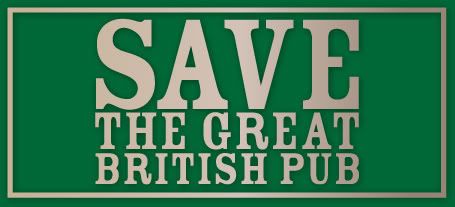

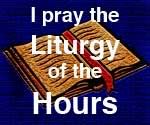
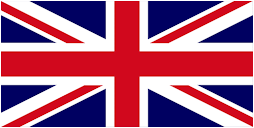
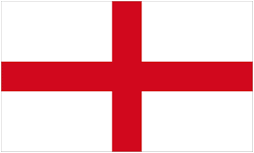
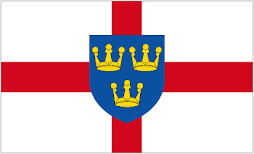


No comments:
Post a Comment
Please feel free to leave a comment - Frugal Dougal.